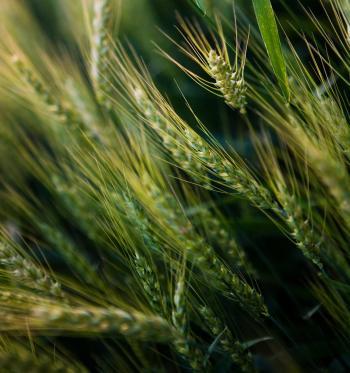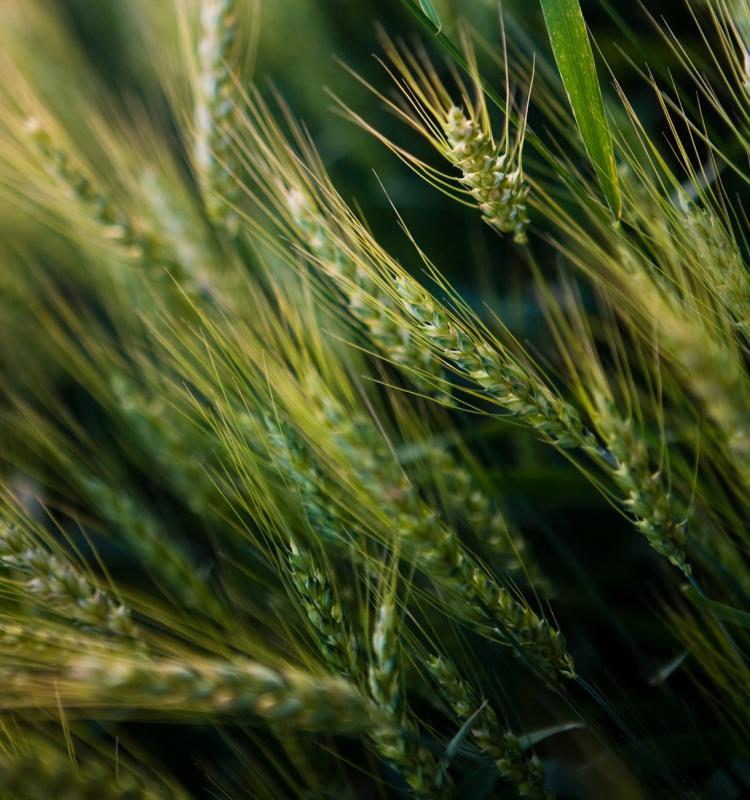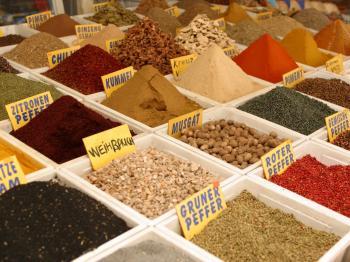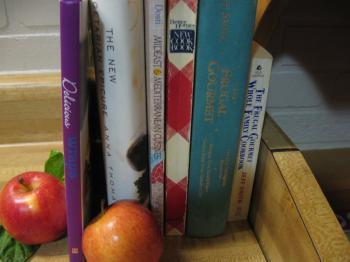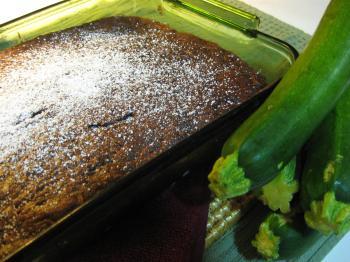Don’t you love the way the word BARLEY rolls off the tongue? Soft, round, comforting? Barley, one of my favorite grains, is a multitasker.
Most people are familiar with pearl barley, those nutty grains of hearty goodness. They are often found in soups and stews or eaten as a cooked cereal, but this incredibly delicious grain offers so much more. I felt a sense of pride when my husband installed three metal barley bins on our North Dakota homestead a few years ago. I could not help feeling rich. Each bin held 3,500 bushels of the oldest cultivated grain on earth.
Some people call barley “groats.” No matter what name, it is still considered one of the top five cereal grains in the world. Unfortunately, only 10 percent of barley is used as human food. A third is used for brewing malt beverages, and the majority of the harvest is used for livestock feed. What a shame. This versatile grain adapts well to any savory or sweet recipe that would customarily use rice. Barley is also a prime ingredient in the making of the popular Japanese condiment called miso, often served in restaurants as miso soup.
The grain has two annual planting seasons: winter and spring. It thrives best in temperate zones in the spring and has a 90-day growing season. Barley also grows in subarctic regions, such as Alaska or in Norway, where the growing seasons are short. Since the grain has good resistance to heat, it grows easily near desert areas, such as in North Africa.
Opinions regarding barley’s age and origin differ. Some scholars insist on a Egyptian origin about 5,000 years ago, while others say the grass was discovered in China about 2,000 B.C. Archeologists base their estimates on pottery shards and other artifacts.
Regardless of its origin, I am glad that barley exists because I like to cook and bake with it. The flavor of cooked barley is nutty and earthy, compared to that of the bland white rice that has little nutrient value.
Barley lacks gluten, the substance that makes baked goods rise. So when baking with barley flour, for a lighter product, add a bit of wheat flour.
Many good cooks are rediscovering this grain as an easily digested alternative to rice. Additional information can be found in The Art of Cookery in the Middle Ages, Boydell Press, Pages 187–188.
During my World War II childhood years in Germany, I ate lots of barley in many guises: in breads, pastries, porridges, soups, stews, pilafs, and as barley vinegar for salad dressings. Since we did not have coffee, we roasted barley in a frying pan on top of the stove and ground the grain into powder as a coffee substitute. A few American markets still sell Postum, an instant barley beverage powder, mimicking instant coffee.
Pearl barley is the easiest to cook. The other type, pressed barley, is in the form of flakes, much like oatmeal flakes.
A few spices and herbs that go particularly well with barley are cinnamon, garlic, marjoram, parsley, thyme, and Italian seasoning blend. Barley flour gives baked goods a cake-like texture, but it needs to be combined with all-purpose flour for leavened breads. It is best to use 1/4-cup barley flour plus 3/4-cup all-purpose flour to replace I cup of all-purpose flour in a leavened (yeast) recipe. One cup raw pearl barley equals 3-1/2 to 4 cups cooked barley and serves six, depending on the dish served.
Barley is high in carbohydrate and also has moderate amounts of protein, calcium, and phosphorus and contains small amounts of B vitamins. Hogs fed with barley make tastiest meat, producing good proportions of firm fat to lean meat due to the grain’s nutritional value.
Before it is suitable for human consumption, harvested barley must be processed into pearl barley, meaning the kernels are scoured numerous times with abrasive disks. Each machine-disking turn is called a “pearling,” requiring four turns before it is ready. In its flour form, it can be used in baby foods, breakfast cereals, or combined with wheat flour for baking.
My own Apple-Barley Pilaf
Makes 10 Servings
1 1/2 cups uncooked pearl barley
2 tablespoons butter, plus 2 tablespoons olive oil
1 tablespoon dry Italian seasoning, rubbed in the hand, to release the flavors
4 cups finely chopped onion
1 cup golden raisins
4 large Fuji or similar apples, cored and finely chopped
3 cups low-sodium chicken broth
Add a bit of water if the mixture begins to get dry
2 tablespoons chopped fresh parsley, for garnish
In a large skillet with tight-fitting lid, melt fats over medium heat. Add onion and barley. Cook, stirring until golden. Add broth, raisins, and Italian seasoning to barley mixture. Heat to boil, reduce heat to simmer, cover, and cook 40 to 45 minutes or until barley is tender and liquid is absorbed. Fold apples and parsley into barley mixture. Cook an additional 5 minutes and serve. Maybe it needs to cook a few more minutes with the cover off, for liquid to evaporate.
Most people are familiar with pearl barley, those nutty grains of hearty goodness. They are often found in soups and stews or eaten as a cooked cereal, but this incredibly delicious grain offers so much more. I felt a sense of pride when my husband installed three metal barley bins on our North Dakota homestead a few years ago. I could not help feeling rich. Each bin held 3,500 bushels of the oldest cultivated grain on earth.
Some people call barley “groats.” No matter what name, it is still considered one of the top five cereal grains in the world. Unfortunately, only 10 percent of barley is used as human food. A third is used for brewing malt beverages, and the majority of the harvest is used for livestock feed. What a shame. This versatile grain adapts well to any savory or sweet recipe that would customarily use rice. Barley is also a prime ingredient in the making of the popular Japanese condiment called miso, often served in restaurants as miso soup.
The grain has two annual planting seasons: winter and spring. It thrives best in temperate zones in the spring and has a 90-day growing season. Barley also grows in subarctic regions, such as Alaska or in Norway, where the growing seasons are short. Since the grain has good resistance to heat, it grows easily near desert areas, such as in North Africa.
Opinions regarding barley’s age and origin differ. Some scholars insist on a Egyptian origin about 5,000 years ago, while others say the grass was discovered in China about 2,000 B.C. Archeologists base their estimates on pottery shards and other artifacts.
Regardless of its origin, I am glad that barley exists because I like to cook and bake with it. The flavor of cooked barley is nutty and earthy, compared to that of the bland white rice that has little nutrient value.
Barley lacks gluten, the substance that makes baked goods rise. So when baking with barley flour, for a lighter product, add a bit of wheat flour.
Many good cooks are rediscovering this grain as an easily digested alternative to rice. Additional information can be found in The Art of Cookery in the Middle Ages, Boydell Press, Pages 187–188.
During my World War II childhood years in Germany, I ate lots of barley in many guises: in breads, pastries, porridges, soups, stews, pilafs, and as barley vinegar for salad dressings. Since we did not have coffee, we roasted barley in a frying pan on top of the stove and ground the grain into powder as a coffee substitute. A few American markets still sell Postum, an instant barley beverage powder, mimicking instant coffee.
Pearl barley is the easiest to cook. The other type, pressed barley, is in the form of flakes, much like oatmeal flakes.
A few spices and herbs that go particularly well with barley are cinnamon, garlic, marjoram, parsley, thyme, and Italian seasoning blend. Barley flour gives baked goods a cake-like texture, but it needs to be combined with all-purpose flour for leavened breads. It is best to use 1/4-cup barley flour plus 3/4-cup all-purpose flour to replace I cup of all-purpose flour in a leavened (yeast) recipe. One cup raw pearl barley equals 3-1/2 to 4 cups cooked barley and serves six, depending on the dish served.
Barley is high in carbohydrate and also has moderate amounts of protein, calcium, and phosphorus and contains small amounts of B vitamins. Hogs fed with barley make tastiest meat, producing good proportions of firm fat to lean meat due to the grain’s nutritional value.
Before it is suitable for human consumption, harvested barley must be processed into pearl barley, meaning the kernels are scoured numerous times with abrasive disks. Each machine-disking turn is called a “pearling,” requiring four turns before it is ready. In its flour form, it can be used in baby foods, breakfast cereals, or combined with wheat flour for baking.
My own Apple-Barley Pilaf
Makes 10 Servings
1 1/2 cups uncooked pearl barley
2 tablespoons butter, plus 2 tablespoons olive oil
1 tablespoon dry Italian seasoning, rubbed in the hand, to release the flavors
4 cups finely chopped onion
1 cup golden raisins
4 large Fuji or similar apples, cored and finely chopped
3 cups low-sodium chicken broth
Add a bit of water if the mixture begins to get dry
2 tablespoons chopped fresh parsley, for garnish
In a large skillet with tight-fitting lid, melt fats over medium heat. Add onion and barley. Cook, stirring until golden. Add broth, raisins, and Italian seasoning to barley mixture. Heat to boil, reduce heat to simmer, cover, and cook 40 to 45 minutes or until barley is tender and liquid is absorbed. Fold apples and parsley into barley mixture. Cook an additional 5 minutes and serve. Maybe it needs to cook a few more minutes with the cover off, for liquid to evaporate.

